Eurozone Services PMI was finalized at a 5-month low at 52.0 from May’s 55.1, while Composite PMI was finalized at a 6-month low at 49.9, down from May’s 52.8.
Exploring some member states’ performance, a general slowdown was observed with Spain hitting a 5-month low at 52.6, Ireland at a 6-month low with 51.4, Germany at a 5-month low at 50.6, Italy hitting a 6-month low with 49.7, and France, with the most significant contraction, at a 28-month low of 47.2.
Cyrus de la Rubia, Chief Economist at Hamburg Commercial Bank, noted that “all major euro countries have again lost considerable momentum.” Slowdown was accompanied by weaker rise in new business, lower price increases, and decline in business expectations.” Neertheless, job creation remained roughly as solid as in the previous month
While price pressure in the services sector, a key point of focus for ECB, has somewhat eased, de la Rubia cautioned that input costs are still rising robustly by historical standards. This is forcing service firms to pass on at least some of these cost increases, partially driven by higher wages, to end customers. The resulting stubbornly high core inflation suggests that the ECB may continue hiking policy rates in response.
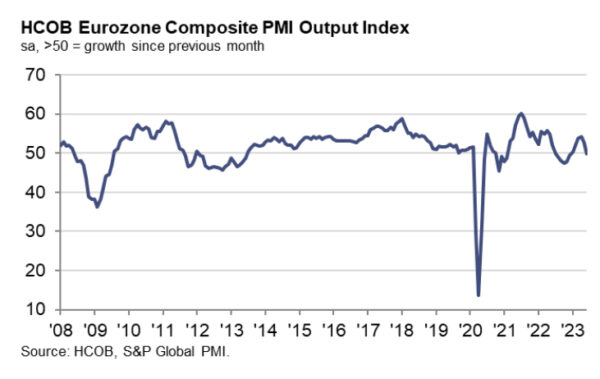
Full Eurozone PMI Services release here.




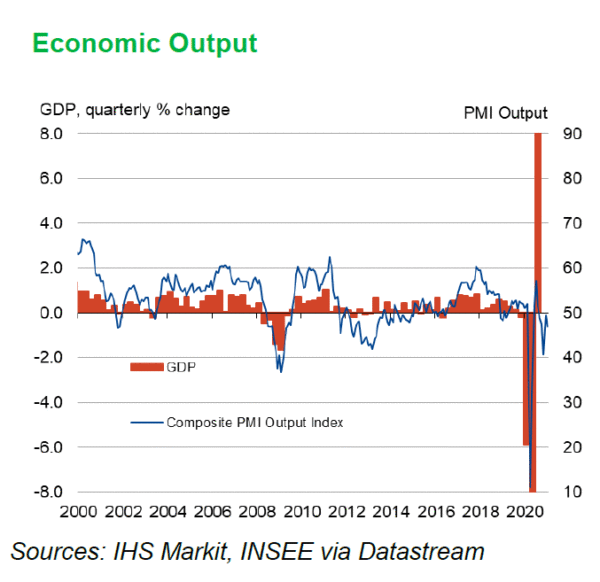
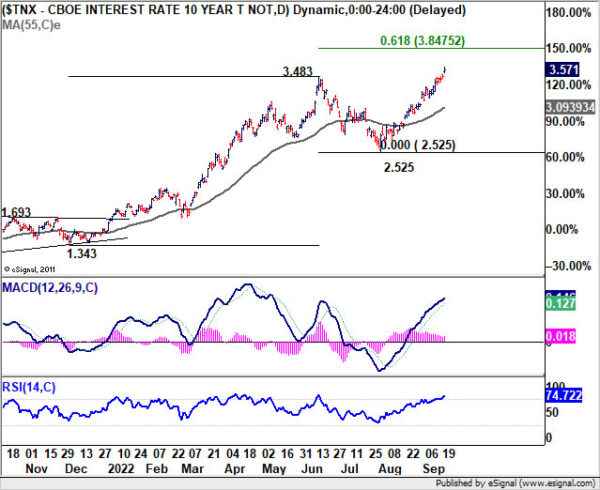
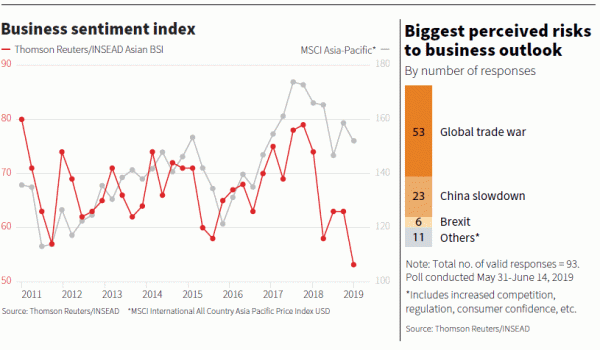
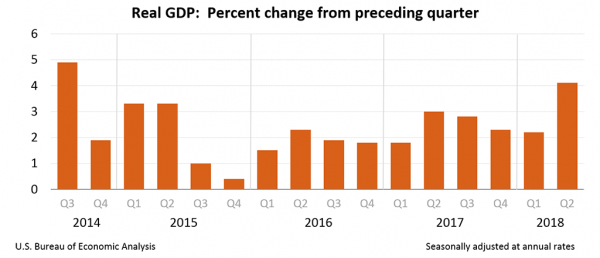
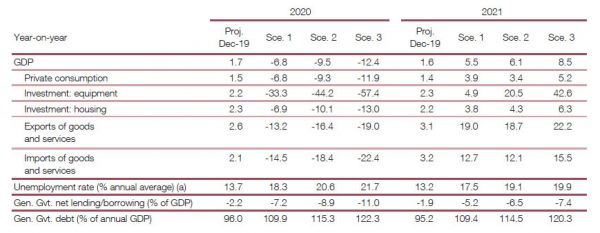
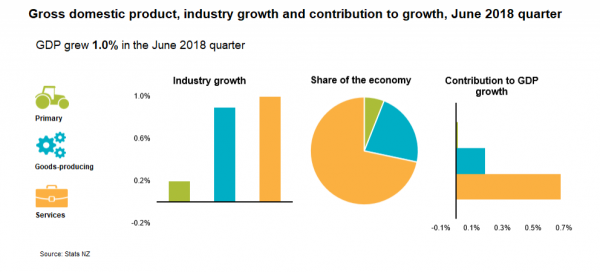
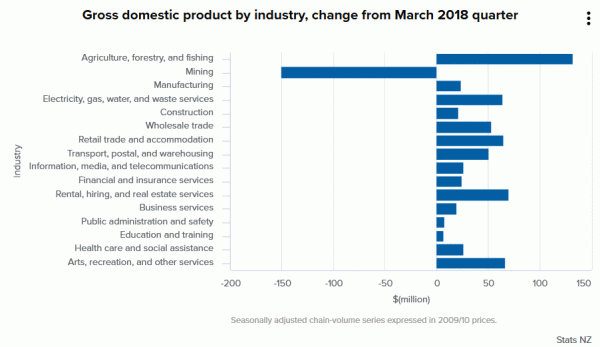
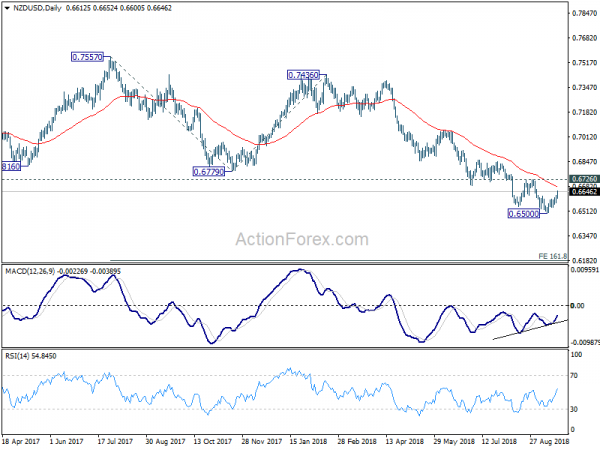
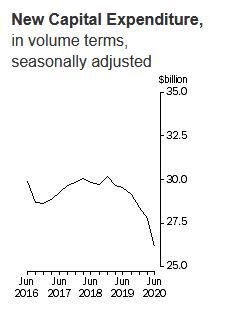
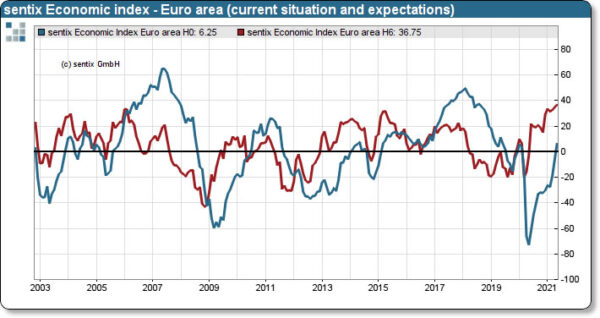

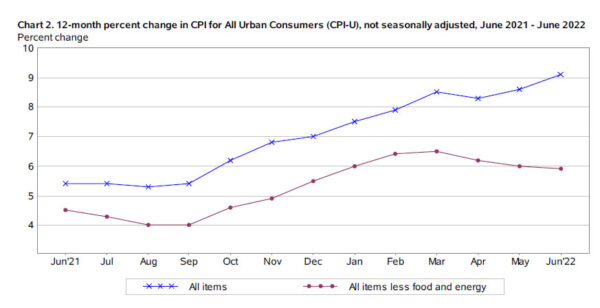
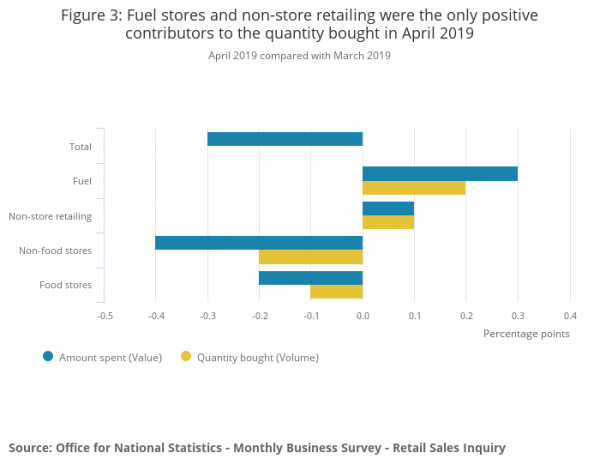
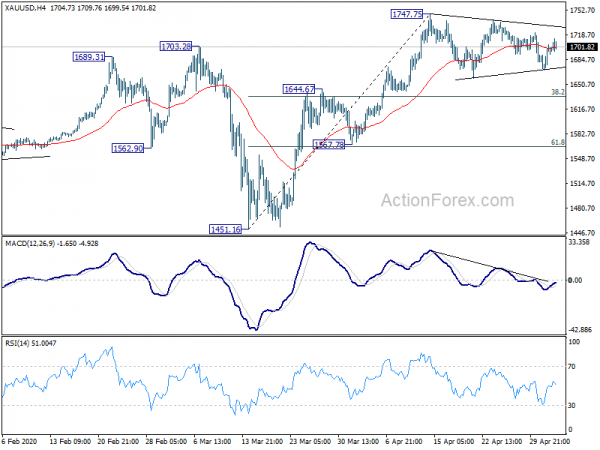
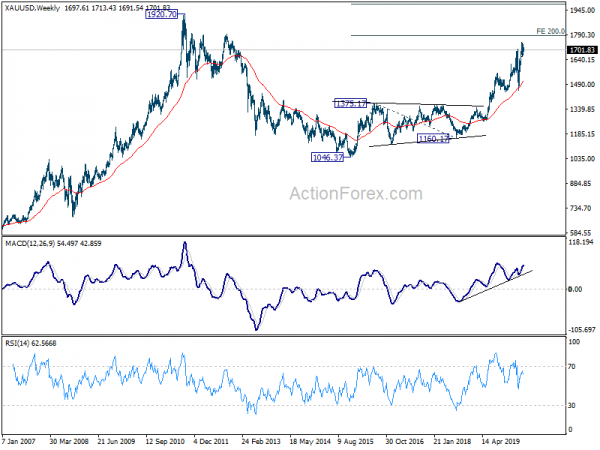

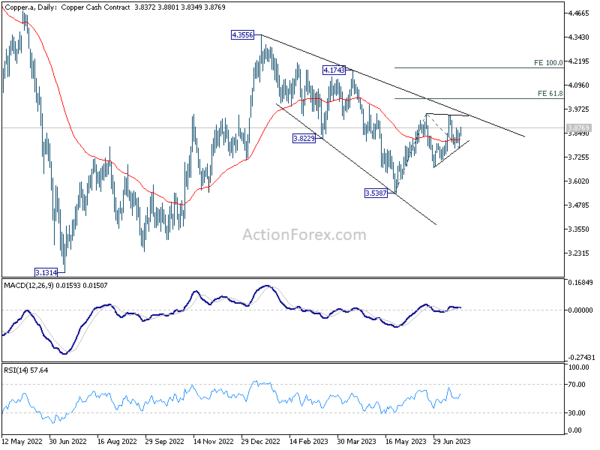
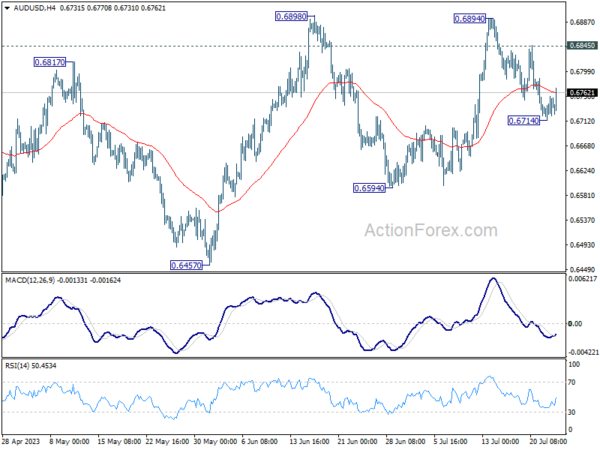
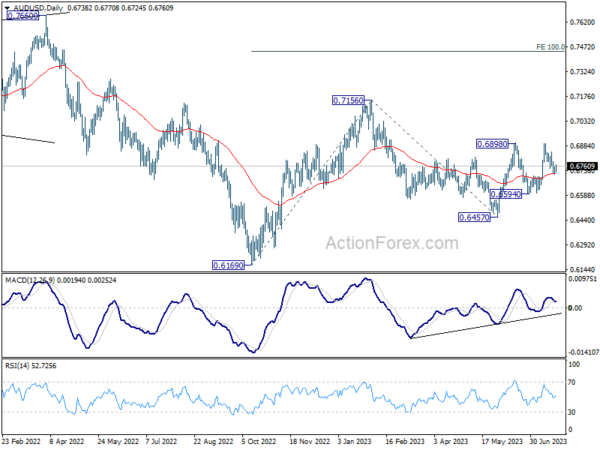

BoE Mann: No automatic relationship between recessions and bringing inflation down
BoE MPC member Catherine Mann said, “falling natural gas and electricity costs “might be good from the standpoint of making households feel more comfortable.”
But, “on the other hand, what they aren’t going to spend on energy, they’re going to spend on something else… That translates something that I do not control, which is external energy prices, into something that looks a whole lot more like what I’m supposed to control, which is domestically generated inflation.”
“A recession is a particularly dramatic way of disciplining the pricing structure of firms, but it’s not the only way,” Mann said. “I would like to see more on the supply side in order to give us a faster speed limit to work with as a central bank. It’s not like there’s an automatic relationship between recessions and bringing inflation down.”